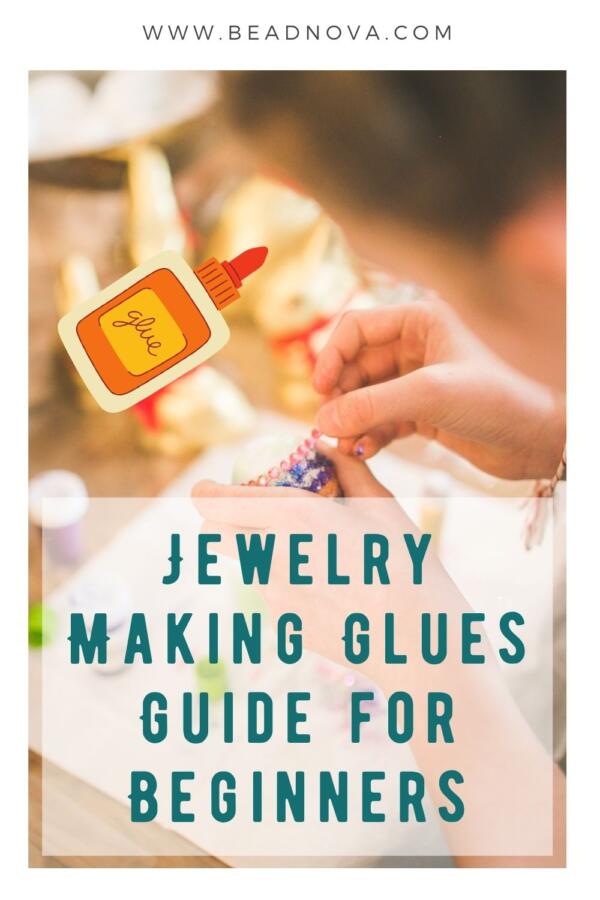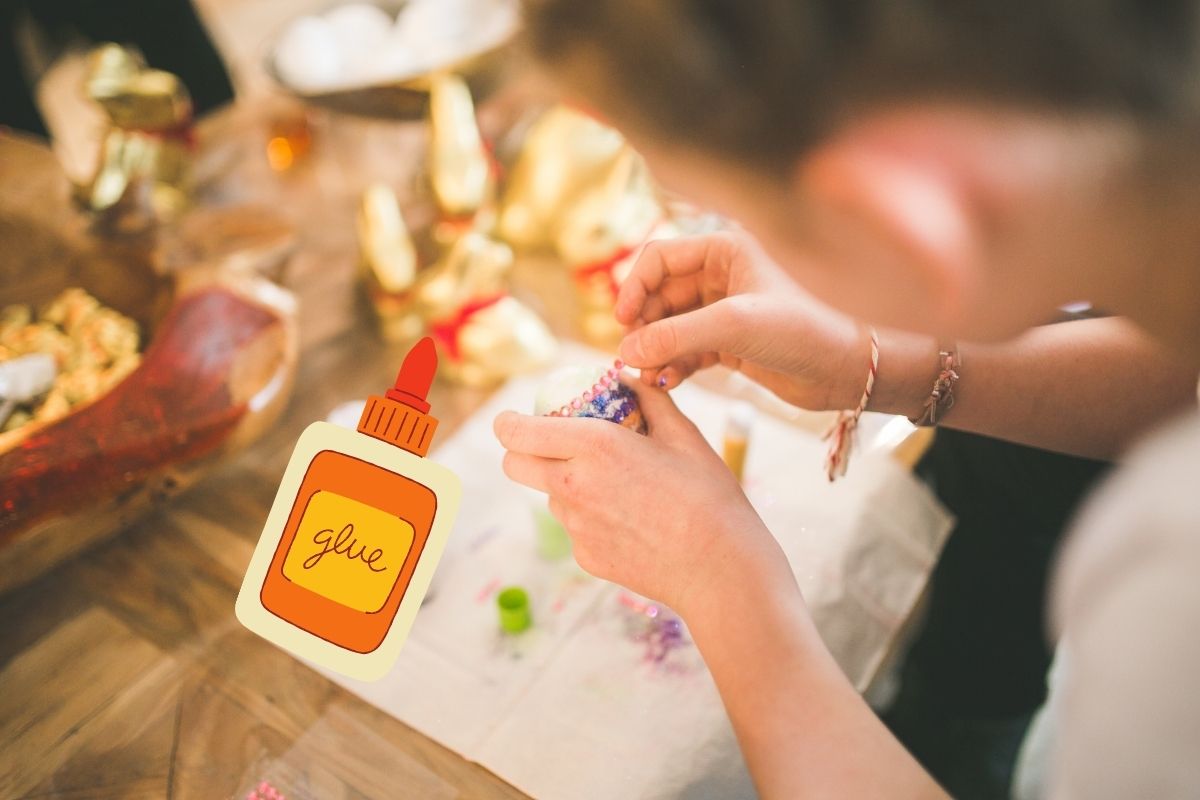Jewelry making can be done as a pastime or as a career, and it’s a terrific option for both. However, no matter how trained a jewelry maker you are at crafting jewelry, you’ll need high-quality jewelers glue to keep your creations together.
Making your jewelry seems like a pipe dream in a world where accessories can either complete or highlight your style. So an economical option for custom-made jewelry seems fantastic.
Professionals and amateurs alike can enjoy creating jewelry with suitable jewellry glue. However, regardless of your skill level, you’ll need specialized tools to get the job done, and glue for jewelry making is an essential part of the process.
Crafty people can’t resist the opportunity to get creative when they’re self-sufficient. You should have an appreciation for jewelry making in general if you wish to make anything such as earrings, rings, bracelets, and necklaces.
Alternatively, you may want to repair a piece of jewelry; perhaps a gemstone has come loose? When it comes to jewelry, we can’t go a day without wearing bracelets, earrings, necklaces, or rings.
For both simple repairs and creating an original piece of jewelry, finding the correct glue for jewelry making is essential. It’s also possible that you’d like to repair jewelry, such as if a stone had fallen loose and needed to be put back in place.
Rings, bangles, brooches, and necklaces are some of the most common pieces of jewelry worn daily by the public. It doesn’t matter if you’re fixing something or constructing something new; the most fantastic jewelry glue is critical in both cases.
Table of Contents
What Kind of Glue to Use in Jewelry Making?
Using adhesives to attach components, add stones, fasten a clasp, or start or complete a new threading material can provide some challenges when making jewelry. Glue must be able to adhere to the items you are dealing with.
Cement Glue
Fine details, tiny beads, and adornments can all benefit from the long-lasting properties of cement glue, a standard jewelry adhesive. An applicator with a fine tip is used to apply the adhesive for precise work.
The bead glue dries quickly and can reach all the hard-to-reach places. Appliqués and cord ends can be fixed with the adhesive. All of your components may be meticulously worked on with ease when using a fine applicator.
The adhesive penetrates all crevices and dries crystal clear in a short time. Glue can also be used on appliqués and cord ends and cords.
All-purpose Glue
Ceramic, cloth, leather, metal, and wood can all be adhered to with this general-purpose adhesive. In addition, you can use it on various materials, including metal and glass, and fabrics and leathers.
All-purpose glue makes it an excellent adhesive on standby for various household tasks. In addition, all charges can benefit from the glue’s temperature, water, and flexibility resistance.
It’s a great jewelry glue to have in your craft-making because of its many different uses. Waterproof, temperature-resistant, and flexible, the adhesive can be utilized on a wide range of different types of projects.
Epoxy Resin
Epoxy resin is a rigid material to beat whenever it comes to jewelry. In addition to using it as a gemstone and bead adhesive, you may also attach them to metal. Because the resin hardens clear, it is ideal for jewelry-making.
Epoxy resin can also be used to make complete jewelry items or to cast smaller components. In addition, it’s an excellent glue for attaching beads to metal or gems to each other.
The resin dries clear, making it ideal for jewelry making. Epoxy resin has several uses, such as casting minor parts or creating entirely new jewelry items.
Superglue
Without a doubt, superglue is a versatile glue that can be applied to various surfaces. With this glue, you can use it on a variety of surfaces. Bonding beads to vertical surfaces is made more accessible by the adhesive’s fast-drying and transparent setting.
Because of the drying time and the necessity to complete your project fast, the glue might be challenging to deal with because it tends to be runny. However, superglue is an excellent choice for projects that do not require a strong bond, such as modest jewelry repairs.
Superglue dries quickly, sets cleanly, and is ideal for attaching beads to vertical surfaces since it is fast and transparent. With a short drying period, superglue is challenging to work with due to the limited amount of time available for the task. If you need to fix a small piece of jewelry, this is the most acceptable option.
Jewelry Glue Tips
- Glue is utilized in a variety of ways in the jewelry-making process. To begin with, it is used to make jewelry out of various materials.
- When making jewelry, it can tighten knots in the material. Jump rings are commonly employed in the electroforming system to submerge the pieces in the bath.
- There are various types of jewelry, and you may require a soldering iron or unique metal jewelry adhesive for some of the metal parts. In addition, clay, ceramics, gems, plastic, stones, and other materials can also make jewelry.
- Personal taste and financial constraints play a significant role here. You can spare time and effort by picking a glue gun with a short warm-up period.
- When you use adhesives on a final product, always test it out on a smaller scale first. One type of glue does not fit all.
- There are numerous possibilities on how well glue bonds two smooth surfaces together, how long it lasts and what color it turns as it ages, and whether or not it expands when it dries.
- Before putting your jewelry on display for sale, remove any excess glue.
- You’ll probably need more than one kind of glue to handle all of your different types of tasks.
- Check the label to see if it’s compatible with the surfaces you’re working with. Metal and non-porous surfaces, in particular, will not attach to all glues.
- Compared to ordinary glues, which might take many hours or even days to dry correctly, superglue dries virtually instantaneously. One advantage of using quick-drying glue is that it gives you more time to mend or create the project. Conversely, adhesives that dry more slowly will provide you extra time to complete your tasks.
Shop jewelry making supplies to create your jewelry.

More articles about DIY jewelry you may interest:
Top 10 DIY Jewelry Tips for Beginners
Guide for Beginners: How To Use Jump Rings?
Which Style, Round or Flat Leather Cord, are better for DIY crafts?
What Are The Different Types of Beads?




Leave A Comment